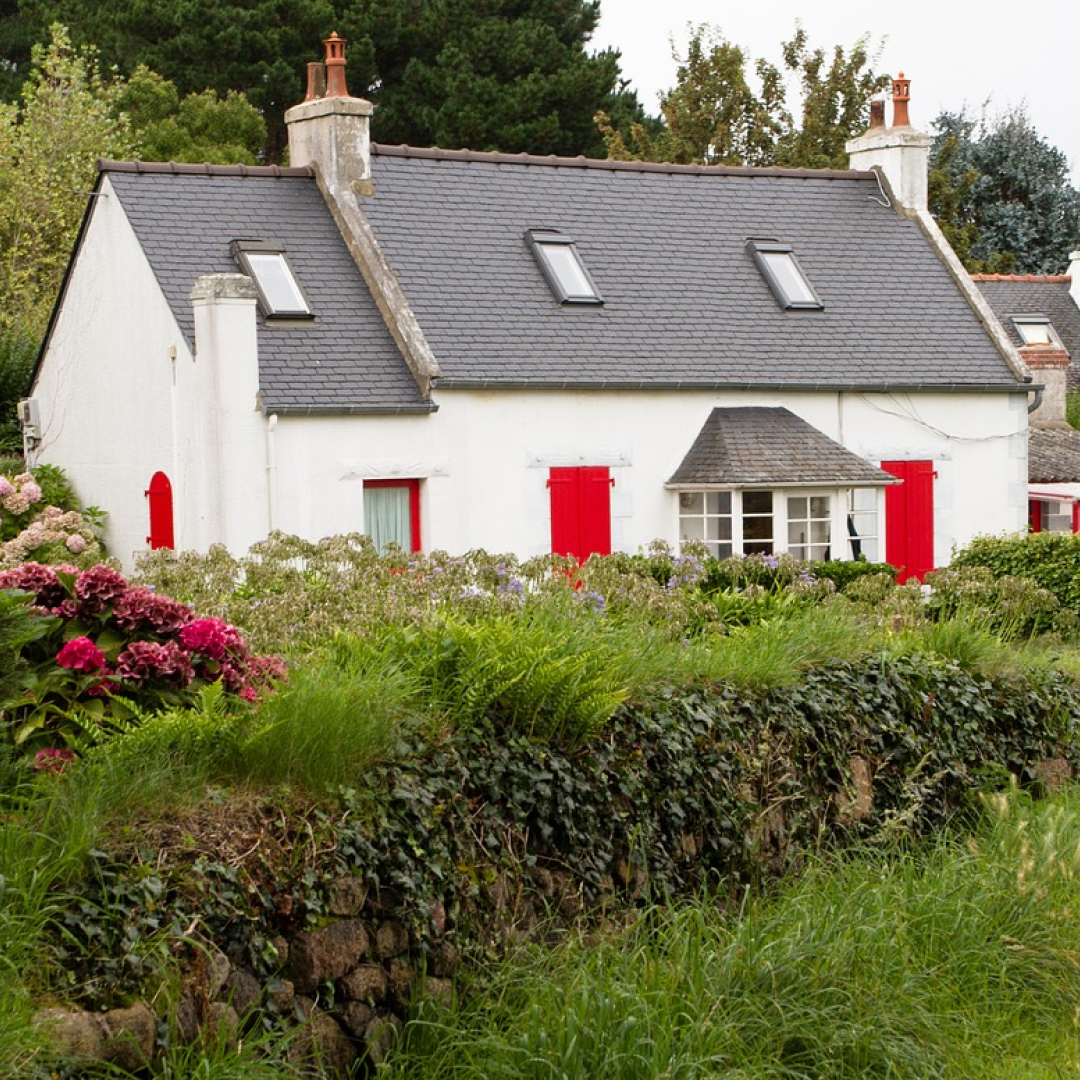Are you a
Homeowner?Are you a
Homeowner?
The guide has been published to provide simple and practical advice to assist persons who provide paying guest accommodation in small premises to comply with fire safety legislation and make their premises safe from fire.
A small premises is classed as having simple layouts, limited fire risks and a small number of bedrooms designated as guest sleeping accommodation for short-term lets, such as small bed and breakfast, guest houses and self-catering accommodation.
The guide is limited to:
The Regulatory Reform (Fire Safety) Order 2005 (€œthe Fire Safety Order€) is the main legislation that controls fire safety in all premises in England that provide accommodation for paying guests.
The Fire Safety Order applies if anyone pays to stay in your premises or in a room within your premises, other than to live there permanently. The Fire Safety Order applies to all lets that are not let as a principal residence, even if you rent out a room in your premises only once.
If you are a person with responsibility for the premises, under fire safety legislation, you must:
Having identified any potential fire hazards and assessed if existing control measures are adequate to prevent fires from occurring, the next step is to consider what would happen if a fire did start.
In the small premises to which the guidance applies, it is unlikely to be necessary to provide a fire detection and alarm system, comprising control and indicating equipment, fire detectors and fire alarm sounders, as would be found in hotels and other commercial premises. However, some premises may already be provided with this type of system.
This might be a stand-alone system or form part of a shared common system serving several accommodation units in one building, such as often found in some properties converted from houses into blocks of flats with a simultaneous evacuation policy, in which, if a fire occurs in one flat, all flats are evacuated simultaneously.
However, if no such fire detection alarm system is provided, there will be a need for interlinked domestic smoke alarms and heat alarms (of the type normally found in houses and flats) in all areas where a fire might start.
Smoke alarms should be installed in hallways, corridors, staircases, lounges, dining rooms and bedrooms.
Heat alarms should be installed in every kitchen, and in any other rooms (such as laundry or utility rooms), in which false alarms might occur from smoke alarms, due to cooking fumes, steam or dust.
All smoke and heat alarms in the premises should be interlinked, so that, when any alarm device detects fire, all smoke and heat alarms give an audible alarm simultaneously.
Interlinking can be hardwired or wireless, through Smart RF technology. Government guidance recommends all smoke and heat alarms to be mains powered with a tamper-proof standby power supply consisting of a battery, known as Grade D1 alarms.
However, long-life, sealed battery alarms, known as Grade F1 alarms, may be acceptable as a short-term measure ‘ approx. 2-3 years.
Vibrating devices (for installation under pillows or mattresses) and/or strobe light can also be provided as a warning in the event of a fire for guests who are deaf or heard of hearing.
Further guidance on the provision of fire detection and alarm systems for premises providing sleeping accommodation can be found in BS 5839-6.7
It is important that the fire protection measures provided in your premises are maintained in good condition and in effective working order.
Regular testing and maintenance procedures should be put in place, some of which you may be able to carry out yourself, while others may need to be carried out by a competent contractor with sufficient training, experience or knowledge.
A suitable record of testing and maintenance should be kept in the form of a logbook or, alternatively, records can be held electronically. A simple maintenance and testing checklist can be used to make sure items and equipment are checked and tested in accordance with current best practice guidance.
It is important to note that smoke and heat alarms will need to be replaced periodically. The lifespan will depend on the model but, for smoke alarms, it is typically regarded as around 10 years
Smoke and heat alarms should be tested on a monthly basis to check they work and are loud enough to wake any guest who is sleeping. Also check recommended guidance provided by manufacturers on other necessary maintenance.

If you are responsible for a small paying-guest-accommodation, you are legally responsible for making sure you comply with the fire safety law before 1st October 2023.
For larger and/or more complex properties, the Fire Safety Risk Assessment: Sleeping Accommodation still applies and is likely to be reviewed in 2024.
Read the guide in full to access a fire risk assessment checklist template, examples of property layouts with suitable alarm systems in place, and further information on how to comply with the new legislation.
Fire and Rescue Services have a legal responsibility to make sure you are complying with fire safety law and you are managing the risks of a fire adequately. Your local Fire and Rescue Service may inspect your property to make sure you are complying with the law and are keeping guests safe.
You can view FireAngel’s range of D1 and F1 smoke and heat alarms that comply with the legislation and use advanced technology to provide a rapid response to all fire types to keep guests safe. View all smoke and heat alarms.
If you can't find what your looking for on our blogs and looking for further guidance and advice, our UK-based Customer Support team are on hand all week from 8:30am until 5:30pm, they can answer any further queries you may have on our products, solutions or services.